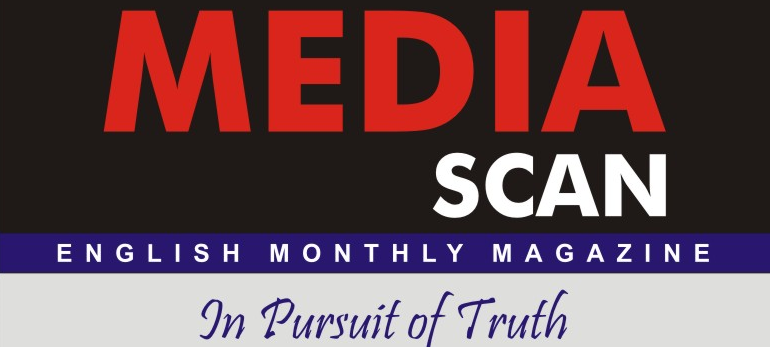The Liberhan report tabled in the Parliament after its selective leak has for now diverted attention from soaring prices of the primary articles, Jharkhand Koda corruption scam, internal security and, Maoists issue; which otherwise would have drawn heated debate in the ongoing winter session of the House. Just few days ago, the farmers led by many opposition veteran leaders had staged a successful demonstration against the UPA government over the specification of low prices for sugarcane. This was not the only problem aam aadmi of India has been going through.
Despite promises from the UPA-11, the farmers remain the worst neglected aspect of the government. What they cultivate is of low value and what they have to purchase keeps on going higher in price.
The agitation of the North Indian farmers at Jantar Mantar was driven by the centre’s fixing low prices for their products of sugarcane. The Centre had brought in an ordinance specifying a meagre price of Rs 129.85 per quintal for sugarcane during the 2009-10 crushing season under the Fair and Remunerative Price (FRP). The bill indirectly restricts the right of state governments to fix a state-assured price for sugar cane. Though, giving into strong protest from farmers it has withdrawn the bill, but the question remains why it has done so.
It seems that the government is not up to its words with the farmers. The 100-day plan of Dr. Manmohan Singh which had assured of food security could not avail much. The price hike is on by the passage of the time.
The 100-day plan of Dr. Manmohan Singh which had assured of food security could not avail much. The price hike is on by the passage of the time.
According to official data released on November 26, 2009, in the week ended November 14, the price of urad and poultry rose by 15 per cent, eggs by eight per cent, moong by six per cent, arhar by five per cent, fruit and vegetables by three per cent and milk and wheat by one percent compared to the corresponding week of the previous year.
Earlier in the week ended November 7 the price saw a hike of 102.47 per cent in potato, 38.24 per cent in onion, 27.03 per cent in pulses, nine per cent in urad, four per cent in mutton and moong and three per cent in condiments & spices, barely, wheat and bajra compared to the week ended October 31, 2009. As for the last three months, potato went up by 100%, onions by 42%, pulses by 29%, rice by 12% and wheat by 7%. This increase in price has made these items beyond the reach of aam aadmi. Here the claim of UPA government that its hand is always with aam aadmi turns out to be hollow.
The veteran BJP leader Murli Manohar Joshi has alleged that in many of the cases there has been a hundred per cent rise in the price of commodities. "Prime Minister Manmohan Singh had himself claimed to control the economic recession and the price rise but people of the country know that during last three to four months the prices of the cereals, pulses, sugar and other eatables have swelled the most," Joshi said.
Actually, in recent times, we have become more and more a crass and irresponsible society where at the cost of the aam aadmi we act to support the wealthy and the rich. Whenever the airlines have gone on strike-majority of citizens travels through trains or bus-or the stock markets have fallen-which affects barely 1% of population- we create a national crisis and want immediate action! On the other hand we seem to be little concerned about issues pertaining to poor.
According to a 2007 report by the state-run National Commission for Enterprises in the Unorganised Sector (NCEUS), 77% of Indians lived on less than 20 rupees per day. How a lone bread earner - usually Indians have a large family to take care about- manages even the meal is something to be given immense thought.
With around 42% of our population living below International Poverty Line India are going to emerge as one of the three biggest economies of the world! Two U.S. experts- Uri Dadush and Bennett Stancil- have opined that by 2050 India would become one of the three largest economies of the world with the U.S. and China. In an article titled “The G-20 in 2050” which was published in International Economic Bulletin, November 2009, of the think tank Carnegie Endowment for International Peace they predicted that “growing at a projected rate of 6.19 percent between 2009 and 2050, India would grow most rapidly among the G-20 group of world's leading economies thus making Indian economy 97 percent as large that of the US in terms of Purchasing Power Parity (PPP). They also noted that in dollar terms, India's GDP is expected to increase by 16 times from the current $1.1 trillion to $17.8 trillion by 2050.
In order to materialize this predication a long term strategy is needed to be made with emphasis on the development of aam aadmi. Until aam aadmi is not provided with reasonable-priced general articles, he cannot co-operate in giving a push to the economic growth of India. According to an estimate a common man in India spends about 45 per cent of his income on food compared to only 15 per cent spent by Americans. What type of
The subsidies given to the farmers over fertilizers and seeds should be increased. Farmers are instrumental to overall economic growth of India.
There are the reports of food grains getting rotten in the stocks of FCI. The government may intervene them in the market and bring the prices of rice and wheat down. We need an economic growth which is inclusive instead of being exclusive to rich.

No comments:
Post a Comment